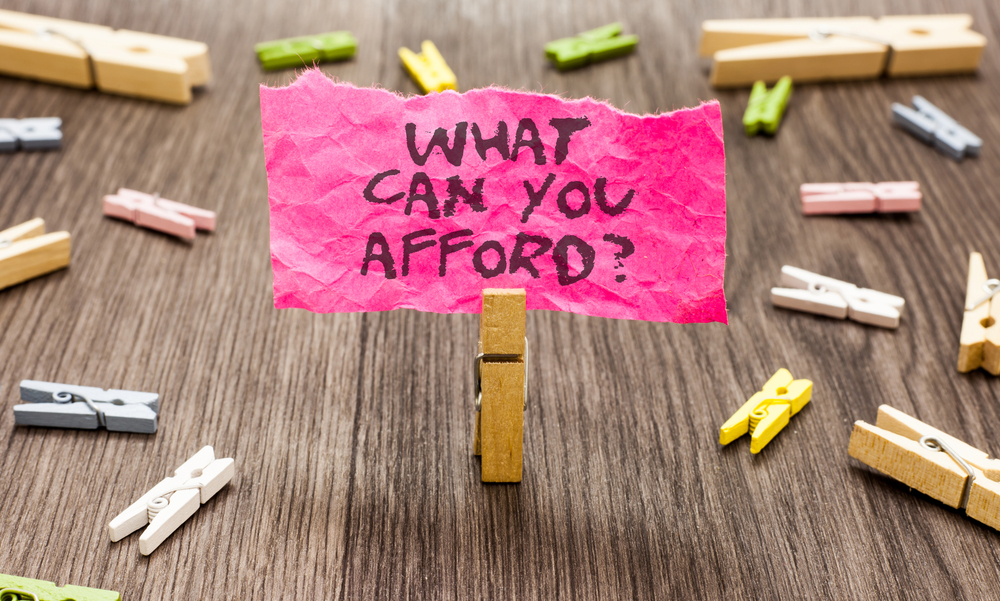

A mortgage is likely to be the biggest investment you will ever make. Before handing over a large sum of money, lenders will always check to make sure you can afford the repayments. It is in no one’s interest to grant you a mortgage you can’t afford. This is why lenders take steps to probe your finances to make sure you’re not going to struggle.
Affordability checks might feel intrusive, but they are an essential part of the mortgage application process. These checks take into consideration things like your income, spending and your past behaviour with money to give lenders an idea of your level of risk. If the checks reveal you can’t afford the mortgage, you are likely to be rejected, but if they simply reveal that you are higher risk, you might be charged a higher interest rate to cover the increased risk.
In this article, we will look at the various steps in the mortgage affordability checks and what you can do to make yourself a more attractive prospect for lenders.
Lenders will often start with your credit score to reveal how well you have paid back debt in the past. This will include things like credit cards, overdrafts, loans and utility accounts. It will also highlight if you’ve had any CCJs or bankruptcies in the past 6 years. Paying everything on time and avoiding multiple credit applications in the run-up to your mortgage application will help your case.
For the full-time employees, proving your income is as simple as handing over your P60 or your last few payslips. This will have to be checked against your bank statements to make sure that you earn what you say you earn. Lenders will usually use your income to determine how much you can afford to borrow. You might be offered anything from 4-5 times your annual salary.
If you’re self-employed, the process of proving your income gets a little more complicated. Lenders will need to see your last three years of accounts. If you can’t provide this, look for a lender that is more accustomed to working with freelancers. They might be happy with just the last year of accounts. Lenders will typically offer a multiple of the average of your last three years of earnings, or they might offer a multiple of the most recent year. This all depends on the lender.
The lender will ask you to outline your monthly expenses, and you must be honest and accurate. They will check these estimates against your last three months of bank statements. So if you state that you only spend £20 a month on takeaway, but your bank statements tell a different story, this could raise some questions.
Other financial activities can make it harder for you to secure a mortgage. If you never get out of your overdraft, or if you have to borrow money from friends and family at the end of the month, this could raise some questions. Likewise for activities like gambling. Lenders don’t want to see gambling websites appear regularly on your bank statements.
In the run-up to your mortgage application, keep your spending in check and don’t make any lavish purchases. Create a budget and then stick to it to show your lender that you are responsible with money.
Affordability calculations don’t always rule out your application, sometimes they just make the cost of borrowing more expensive. So while a few missteps on your bank statements might not seem like the end of the world, this could impact the interest rate you are offered, and this could increase the cost of borrowing in the long-term.
